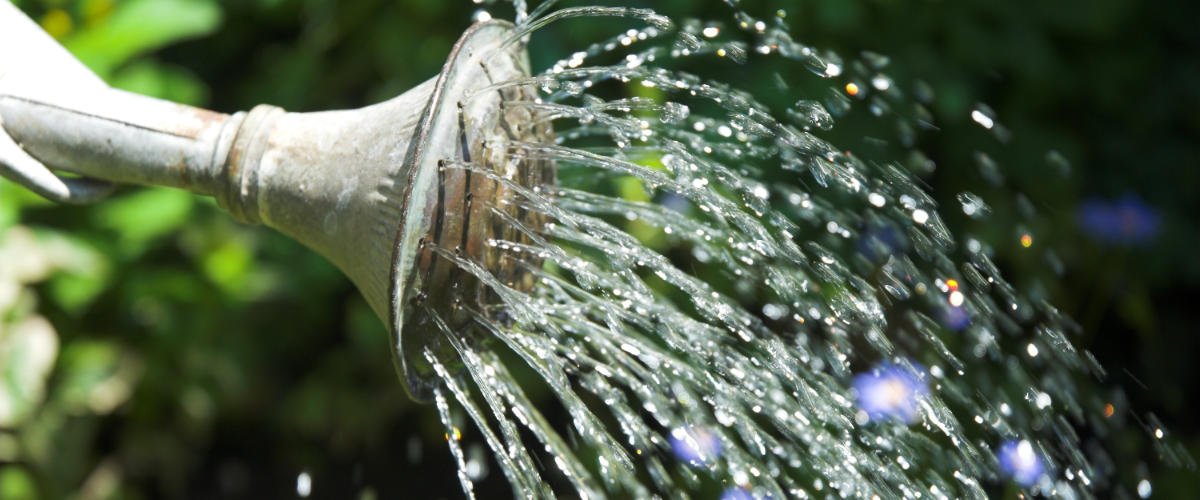Yes, we’ve had some lovely weather of late, but don’t reach for the sprinkler at the first sign of a sunny spell especially if you’re looking at how to conserve water in the garden.
Using as much as 1,000 litres of water per hour – more than the average a family of four use in a whole day – sprinklers aren’t exactly efficient. How to conserve water in the garden means a different approach.
There are a zillion products out there designed to help you save water, from automatic irrigation systems, with sensors designed to monitor the amount of moisture in the soil and turn themselves on accordingly (or which can be turned on via an app on your phone), to bath water diverters which will send all your ‘grey’ water to your water butt.
Organisations including the National Trust, the RHS and Waterwise have long been promoting water-saving and conservation, and it’s something we can all embrace in our own homes.
If you do have to resort to a sprinkler, do it in the early morning or late afternoon when evaporation rates are lower, Waterwise recommends.
Meanwhile, here are some smart ways to help save water in your garden…
How to conserve water in the garden
1. Check your soil
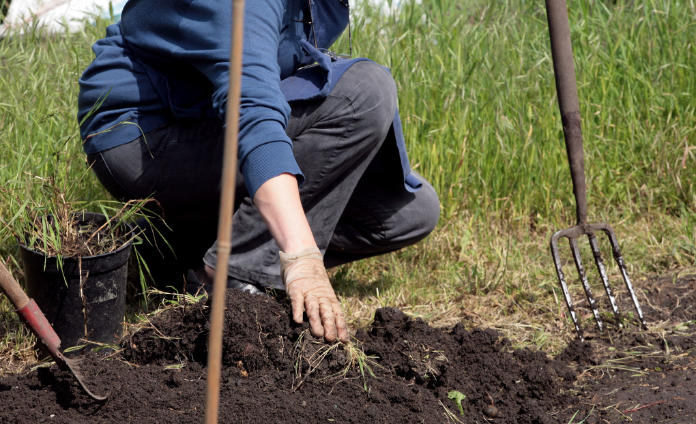
If you’ve added organic matter to your beds and borders, that should help to retain some moisture, but if you’re in doubt, dig down to about a spade’s depth to see if the soil is moist. If it is, you shouldn’t need to water mature permanent plants. Light, sandy soils are going to need more watering than heavy clay ones, especially if you haven’t improved the lighter soil structure with added organic matter.
2. Water at certain times of the day
Water at specific times – early morning or dusk – to reduce evaporation. Don’t water in the heat of the day. Use water butts; put pots under hanging baskets so the overspill also waters plants below, and leave clippings on the lawn after mowing to retain moisture.
Read our guide to watering hanging baskets – how often should you water hanging baskets?
3. Help your container plants
Add water-retaining crystals to your compost when planting your summer blooms, which swell when watered and release the moisture gradually. You can also use moisture control composts which store and release water when your plants most need it. If you have plants in pots, gather them together to create a little micro-climate and again reduce evaporation, and you can water them all together. But it’s preferable to use the biggest pot you can afford for patio plants, which will require less watering than smaller containers.
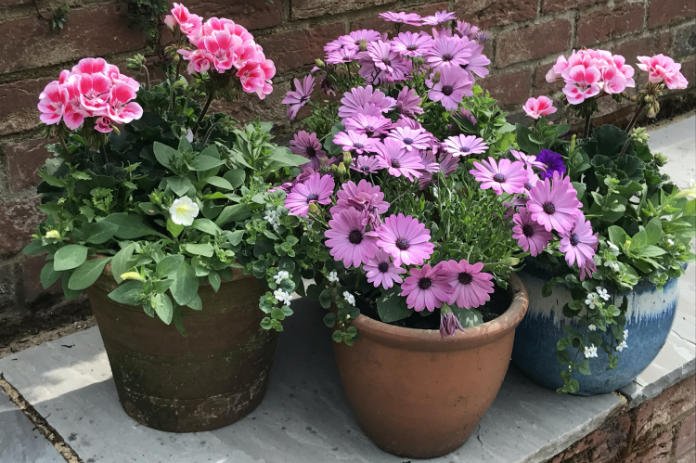
If you must use annuals, which are notoriously thirsty, keep them in pots rather than borders and go for ones which can withstand drier situations, like pelargoniums, gazania and osteospermum. Some more thirsty specimens in pots may benefit from being placed on a tray lined with capillary matting, which soaks up the water and then delivers the moisture to the roots gradually when it’s needed – handy if you’re going away on summer holidays and don’t have someone to water the garden for you.
4. Avoid sprinklers
A sprinkler can use up to 1,000 litres of drinking water, or 220 gallons, in an hour – a no-no when it comes to how to conserve water in the garden. There are so many products on the market now to help us save water that there’s really no excuse not to, from controlled irrigation systems where sensors monitor the moisture in the soil and only water your plants when the soil really needs it, to bathwater diverters which send all your ‘grey’ water to your water butt.
5. Use drought-tolerant plants
If you are creating new beds and borders, consider drought-resistant plants such as lavender, Sedum spectabile, lamb’s ears and ornamental grass such as Stipa tenuissima, while middle-sized drought-resistant plants include Echinacea purpurea ‘Magnus’, Erysimum ‘Bowles’s Mauve’ (wallflower), Russian sage and Nepeta ‘Six Hills Giant’ (catmint). At the back of the border, you could use species more than 1.8m tall, including Cotinus coggygria ‘Royal Purple’, Choisya ternata (Mexican orange blossom) and Trachelospermum jasminoides.
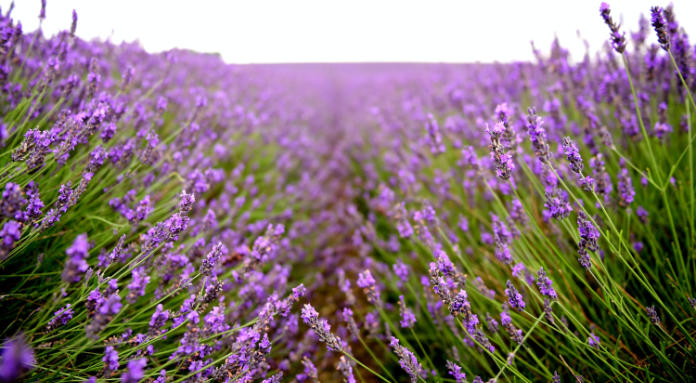
Most drought-tolerant plants will have either aromatic leaves, fleshy and succulent leaves (which store moisture for dry spells), grey leaves, hairy leaves (which shade themselves with their own hairs), long narrow leaves (which are good at shedding heat without water), or spikes (which act as ‘fins’ to cool the plant).
6. Only water plants that really need it
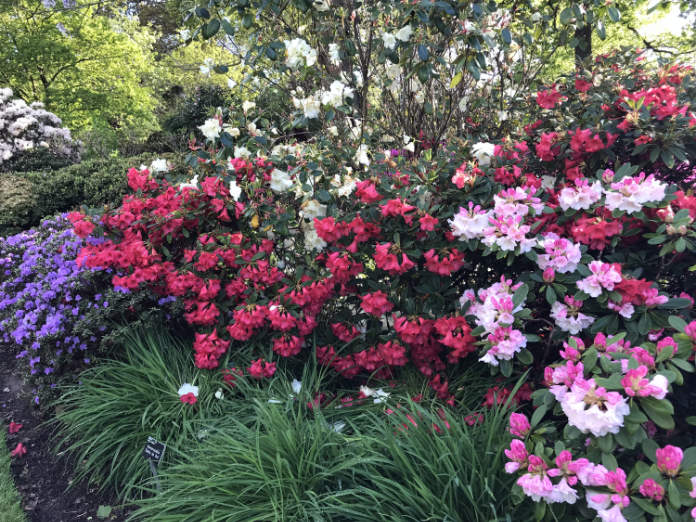
Well-established evergreens and perennials should be happy not to be watered for longer than young plants or annuals in pots, as their root systems will go deep down into the soil to access moisture. Fruit and veg tend to be thirsty so you may choose to grow less produce as a way of how to conserve water in the garden, especially if you end up giving a lot of it away to friends and neighbours.
7. Dry lawns will recover
Don’t water established lawns – if we have a long hot spell, they may turn a bit brown, but they will recover with the autumn rains. Leave them to grow a bit longer to preserve water and introduce drought-tolerant clovers and trefoils, which will prevent the lawn from changing colour completely when a dry spell hits.
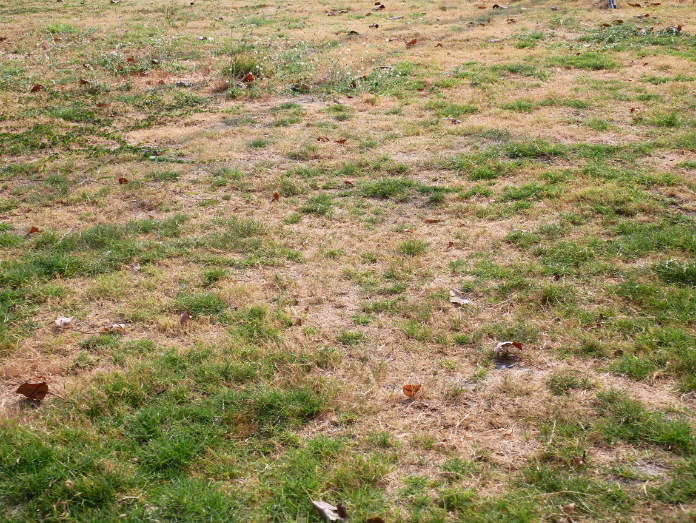
During really dry spells, leave the grass a bit longer and if you do mow it, take off the grass box and leave the clippings on the surface to help retain moisture.
Read our guide to 7 lawn care tips to follow for the perfect lawn.
8. Recycle domestic water
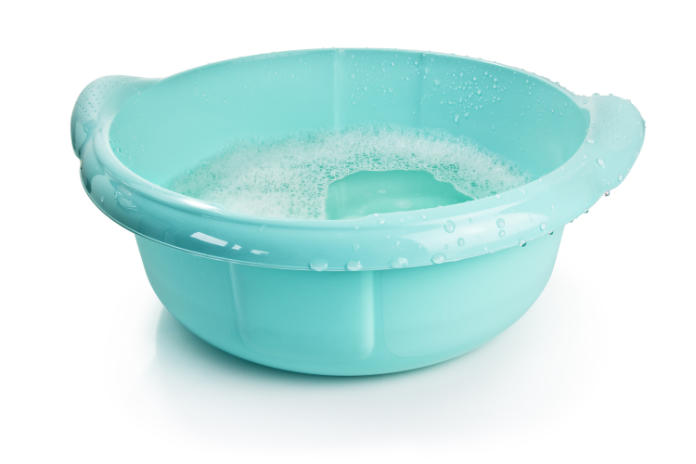
Try to recycle water as a matter of course. Use a plastic bowl for washing up and then deposit the water on to your plants, as a small amount of biodegradable washing-up liquid isn’t going to hurt them. Save the really dirty water for tougher plants, such as mature shrubs and trees, and avoid tipping recycled water on to fruit and veg. Bathwater can also be re-used if you install a diverter, which redirects water from the downpipe into a water butt.
9. Go easy with the hose
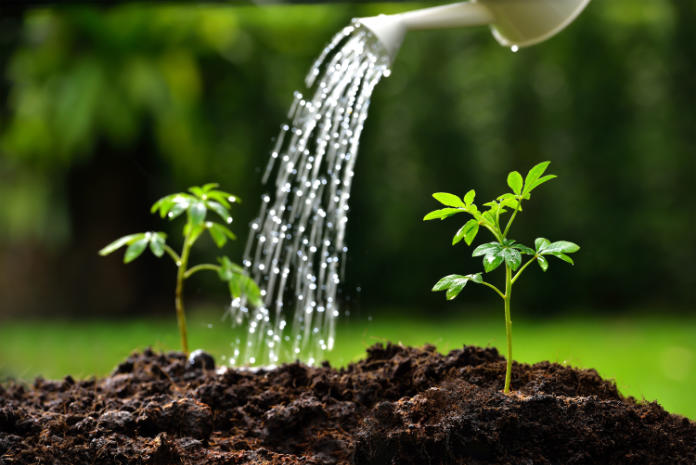
Waterwise recommends attaching a trigger nozzle on your hosepipe to halve the amount of water used and help direct the flow to the root of your plants. Concentrate the water flow at the base of the plant, leaving the surrounding soil dry, so the water goes to the plant roots where it is needed and isn’t wasted on feeding weeds that might be popping up. Alternatively, use a watering can, which is far less wasteful and tends to concentrate the water in exactly the right place. You can also add plant food to the watering can to help maintain healthy plants.
10. Install a water butt
Up to 85,000 litres of rain falls on your roof each year, so install a water butt as a way for how to conserve water in the garden and use it to water your plants and wash your car.
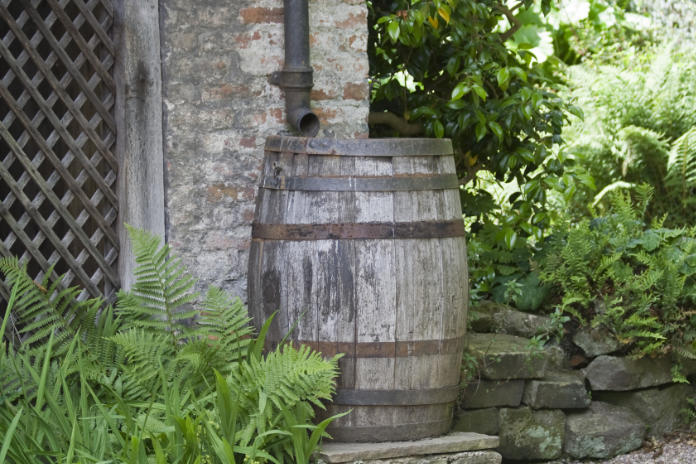
Read our expert guide on how to fit a water butt.
11. Mulch everywhere
Add a thick layer of mulch around your plants. That could be anything that will cover the soil sufficiently to prevent it from getting too hot. Leaves and bark work very well and they gradually break down towards winter. Other things could be pebbles, needles, straw, fruit pips or even newspaper.
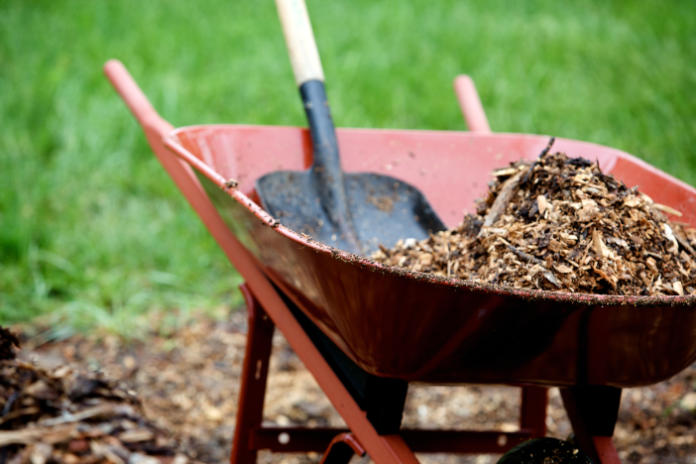
Adding a mulch, whether it be a biodegradable material such as compost, bark, leafmould or wood chippings, or non-biodegradable such as decorative pebbles, shingle, slate or gravel, will not only retain moisture but will also suppress weeds and generally make beds and borders look neater. Don’t leave it too late, though. You don’t want to be mulching ground that is bone dry.
Save water, save money: 14 water-saving tips to reduce usage and cut bills























































